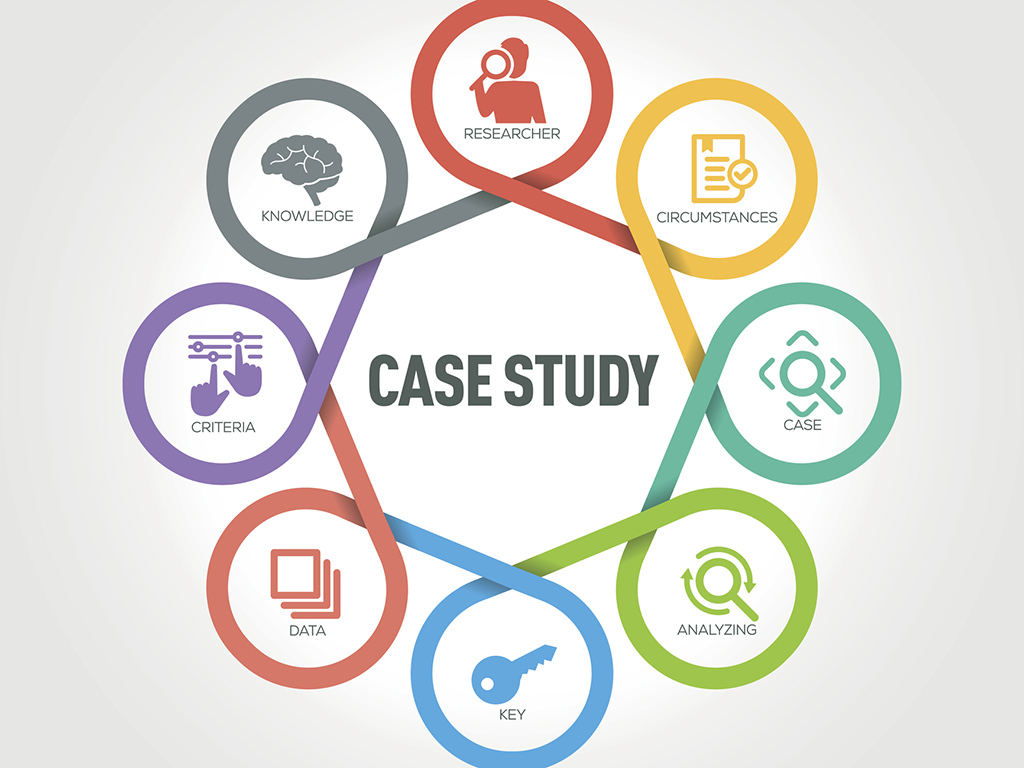Case study copywriting merges the realms of storytelling, marketing, and journalism, offering a potent tool in your content marketing arsenal. Unlike traditional advertising, a well-crafted case study provides an authentic narrative showcasing how your products or services have solved real-world problems for your customers. This guide will delve into creating SEO-optimized case studies that not only engage but also convert your audience. Case study copywriting is part copywriting, part journalism, part marketing and despite the diversity of promotional channels open to businesses, remains one of the most valuable and cost-effective promotional tools. Written properly, it can provide far more return than any paid-for promotion. Customer success stories replicate word-of-mouth marketing. It’s a business’ opportunity to impress prospective clients or customers. A case study is an authentic way of showcasing customer success stories, illustrating powerful real-life examples of how your business helped a client or customer solve an issue or reach a goal and focussing on the benefits of the product or service you used to help your client or customer. And lastly, it will share valuable insights into your business and position your company as a expert authority on the issue. But how do you write the perfect case study?
The foundation of a powerful case study lies in selecting a story that resonates with your target audience and highlights your business’s strengths. Choose examples that demonstrate measurable success, unique problem-solving, or outstanding customer service. Stories featuring well-known brands or overcoming significant challenges are particularly effective as they capture the reader’s attention and lend credibility to your solutions. Gathering detailed insights is crucial. Conduct in-depth interviews with the clients involved, focusing on open-ended questions that encourage them to elaborate on their experiences. This approach ensures you collect the rich, detailed content necessary for a compelling narrative. Prior research into the client’s background and industry will help you ask informed questions that reveal the depth of your client’s journey. A compelling case study follows a clear structure, starting with an engaging headline and a succinct summary that captures the essence of the story. Detail the client’s initial problem, the solutions provided, and the results achieved. Transparency about any challenges faced and how they were overcome adds authenticity and relatability, enhancing the impact of your case study. Optimizing your case study for search engines is crucial for ensuring it reaches your intended audience. Include relevant keywords throughout the text, particularly in the headline, subheadings, and meta descriptions. This SEO practice improves your content’s visibility in search engine results, driving more organic traffic to your site.
Highlight the tangible benefits your client experienced, using specific data and statistics to quantify success. This not only demonstrates the value of your offerings but also provides potential customers with a clear picture of what they can expect. Including visuals such as graphs or charts can make the data more accessible and engaging. Beyond data, a successful case study tells a story. It connects emotionally with readers, making them envision how they could benefit from similar solutions. A narrative approach, combined with customer testimonials, makes your case study more persuasive and memorable. End your case study with a strong call to action, encouraging readers to explore your services further or contact your team. This step is essential for converting readers into leads. Case study copywriting is more than just a marketing tactic; it’s a storytelling venture that brings your brand’s successes to life. By carefully selecting stories, conducting thorough interviews, and optimizing for SEO, you can create case studies that not only rank well in search engines but also profoundly resonate with your audience. Remember, the goal is to showcase your solutions’ real-world impact, building trust and credibility with prospective clients. Follow these steps, and watch your case studies become one of your most valuable marketing assets.
A case study should:
- be between 800 and 1600 words in length, depending on where it is going to be published.
- be interesting and relatable to prospective clients and customers.
- be about the issue and how it was overcome (do not use it as
- tailor the tone to your audience.
- use specific numbers and include all relevant data in diagrammatical form.
- follow a structure – summary, problem, solution, results, key takeaways.
- focus on high-impact issues and promote the benefits of the product or service involved.
If you would like to discuss how, as an experienced case study copywriter, I can help you build a library of engaging and informative case studies that build confidence in your business and act as sales magnets, please contact me.

